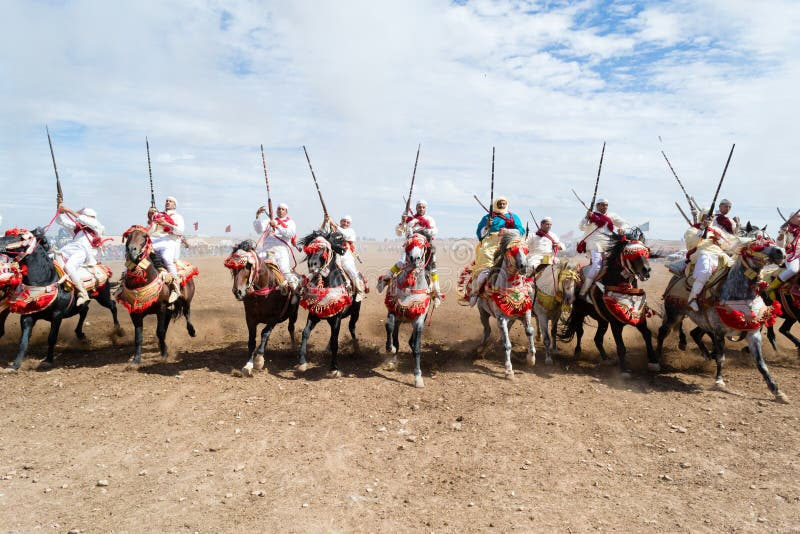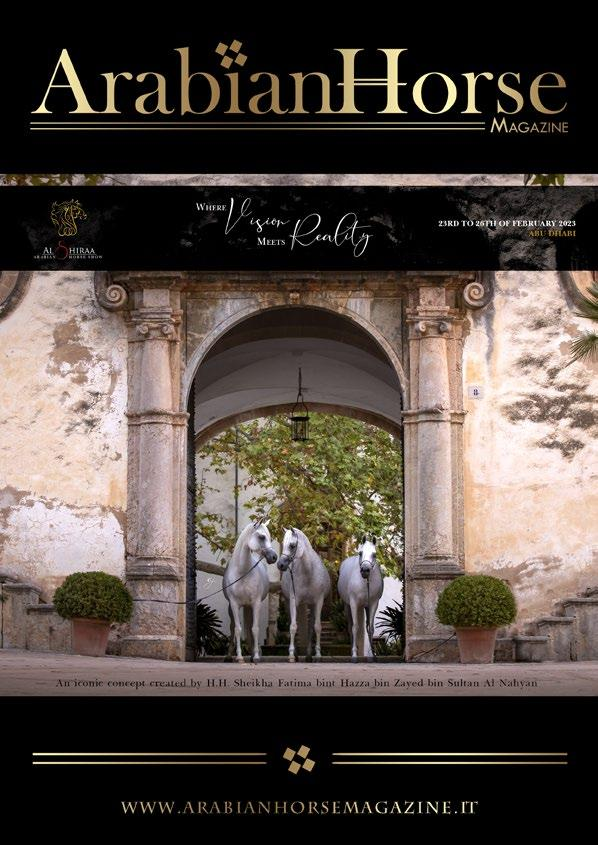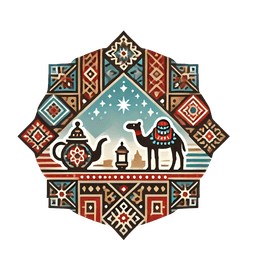- Published on
The Majestic Tbourida Unveiling the Equestrian Art of Moroccan Horsemen
- Authors

- Name
- Adil ABBADI
Introduction
In the scorching deserts of Morocco, a centuries-old tradition has been galloping its way into the hearts of spectators for generations. Tbourida, the equestrian art of Moroccan horsemen, is a breathtaking display of skill, bravery, and cultural pride. With its origins dating back to the 16th century, this ancient tradition has evolved into a vibrant expression of Moroccan heritage, captivating audiences worldwide.

- Historical Context
- Traditional Significance
- Modern Relevance
- Cultural Preservation
- Conclusion
- Cultural Call-to-Action
Historical Context
Tbourida's roots can be traced back to the Saadian dynasty, when Moroccan cavalrymen would perform equestrian stunts to dazzle their enemies and showcase their military prowess. Over time, this militaristic tradition transformed into a ceremonial art form, with horsemen perfecting their skills to entertain and impress. Today, Tbourida is an integral part of Moroccan cultural identity, often featured at festivals, weddings, and national celebrations.
Traditional Significance
In Moroccan culture, the horse is revered as a symbol of strength, nobility, and freedom. Tbourida performers, known as Fantasia riders, undergo rigorous training to master intricate horseback riding techniques, such as precision movements, acrobatic stunts, and simultaneous firing of antique rifles. This thrilling display is accompanied by traditional music, played on instruments like the nay (flute) and qraqeb (metal castanets). The synchronized movements, thundering hooves, and rhythmic music create an electrifying atmosphere, evoking a sense of communal pride and joy.

Modern Relevance
Tbourida has adapted to the modern era, with performances now incorporating innovative elements while maintaining their cultural essence. The tradition has also inspired a new generation of riders, who are passionate about preserving this unique aspect of Moroccan heritage. In recent years, Tbourida has gained international recognition, with performances at global equestrian events and festivals.
Cultural Preservation
Efforts to preserve and promote Tbourida are crucial to safeguarding Morocco's cultural legacy. The Moroccan Ministry of Culture has established programs to support Fantasia riders, providing training and resources to ensure the tradition's continuity. Additionally, cultural organizations and festivals are working to raise awareness about Tbourida, encouraging young Moroccans to learn and appreciate this equestrian art.

Conclusion
Tbourida is more than just an equestrian art form; it is a testament to the rich cultural heritage of Morocco. This majestic tradition embodies the country's history, values, and people, showcasing the nation's diversity and beauty. As we celebrate this cultural treasure, we are reminded of the importance of preserving our shared cultural legacy for future generations.
Cultural Call-to-Action
As we marvel at the beauty of Tbourida, let us take a moment to appreciate the richness of Moroccan heritage. Let us support the efforts to preserve and promote this equestrian art, ensuring its continuation for generations to come. And let us embark on a journey to discover the wonders of Moroccan culture, for in its traditions and customs, we find a sense of community, pride, and belonging.
